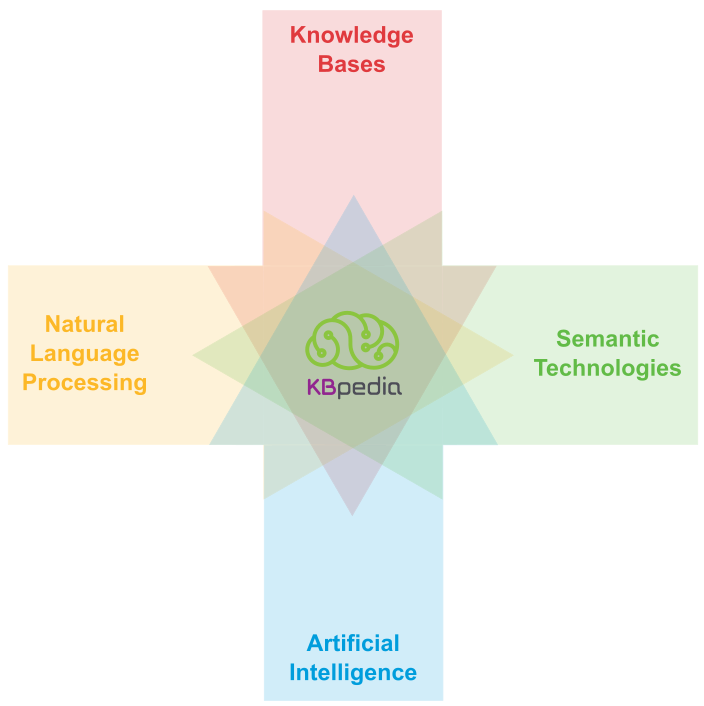Semantic Technologies
Semantic technologies play a critical role because an estimated 80% of all information is in text. This so-called unstructured data is based on natural language and the nuances and meanings associated with specific terms and phrases, grammar and language use, and context. Natural language processing is thus an integral part of semantic technologies, because, it is only through NLP that we may extract language with respect to its proper meaning.

Communications and the commitment of information to text and databases is done by people. People use language and terms differently and with various degrees of nuance and specificity. We know that different groups and cultures may use different terms or emphases for discussing the same or similar things.
Seemingly simple tasks such as identifying a specific entity or a specific concept face these difficulties. As we move to more fully integrate data and information across departments, the enterprise, or with the outside world, these difficulties increase exponentially. The challenge and mission of semantic technologies is to help overcome these difficulties such that we can actually speak accurately about the same things and collect and integrate relevant information in a meaningful and accurate manner.
We work to achieve these capabilities through natural language processing that helps to identify and disambiguate terms and language; by organizing our concepts and entities into knowledge graphs that help establish adjacency and relationships amongst terms; and by bulk artificial intelligence analysis of how these complexities might interact with respect to real language. Knowledge bases, properly staged, have an integral role in this process because they are the reference standards by which these capabilities are configured and tuned.
The semantic technologies employed in this processes are based on open standards and best practices. Most of the open standards are based on work of the World Wide Web Consortium (W3C). Best practices arise from our more than decades-long experience in the semantic Web and artificial intelligence.
